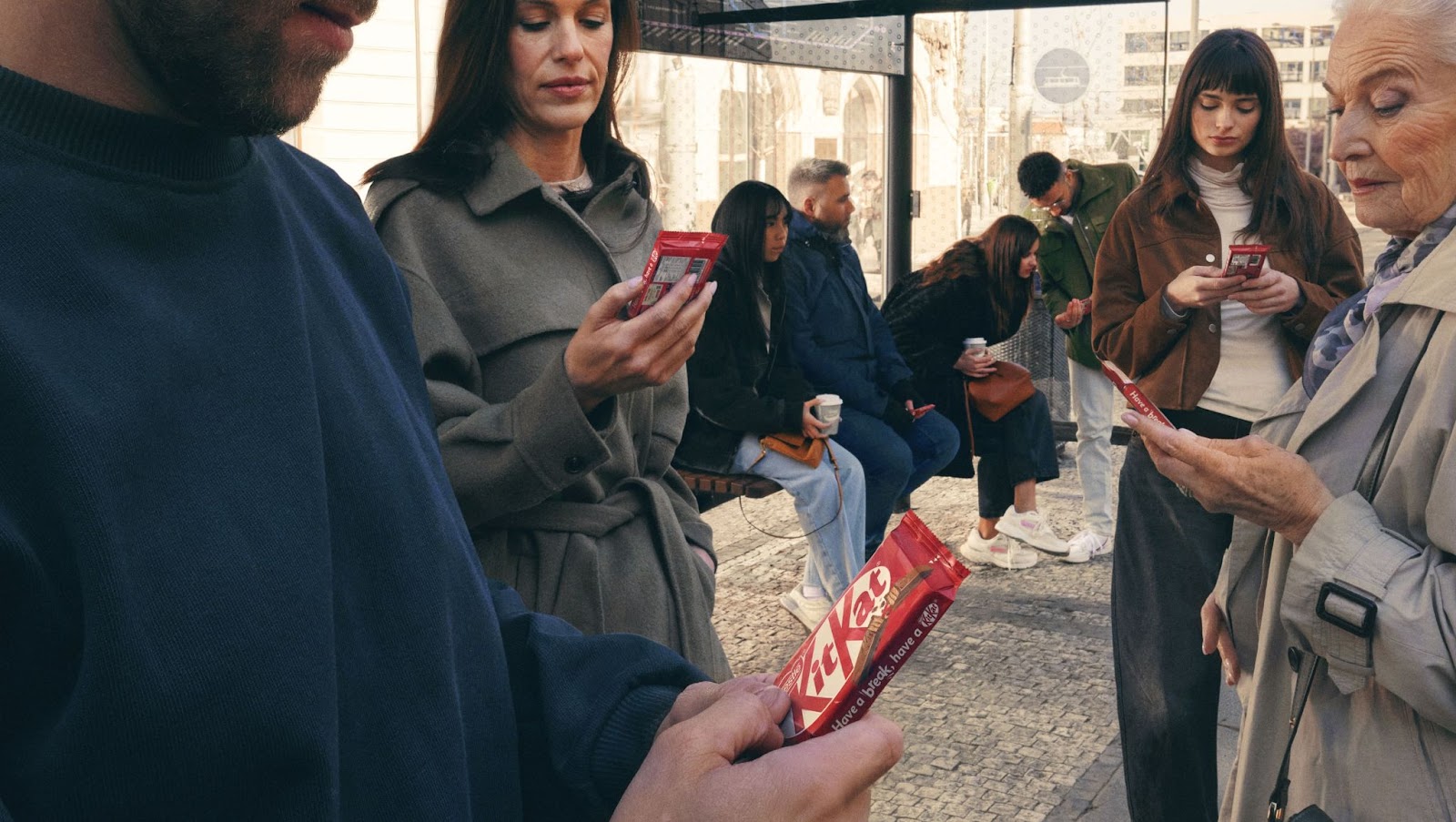A real "fake" billboard gone...Kinda right?

If you've ever seen their Instagram, you'll be familiar with the kind of content style Butter Insurance produces. They love being...Unconventional.
This campaign here is no different. Basically, the creative is very simple - a billboard ad with a broken image and placeholder text in the colour scheme of their brand. It's a bit of a stretch to call it an "ad", to be fair, but diving into the strategy, it becomes clear why this campaign is fantastic.
Here's what I'm talking about:
Why it's great
Butter Insurance sells insurance to cover things people actually care about - their entire business is to protect peoples' possessions (like their phones, cameras, and so forth). And in most cases, the reason you make an insurance claim is because you've had an accident that caused your phone/camera/laptop/etc got smashed or otherwise broken.
What this ad does well is tie the concept of brokenness and the idea of "things going wrong" back to the Butter brand.
The obvious question though is, how does an ad with no real message help the brand at all?
That's where Butter's strong social media following can be leveraged. Instead of relying on the outdoor ads to do all the heavy lifting on their own - like you might expect for a "traditional" outdoor campaign, Butter relied on making the ad a part of a broader story.
The story in question is this - the marketing manager of Butter spends "$15,000" on a billboard and sends over the wrong file. They've completely messed up and the film captures them seeing their ad in person for the first time. The video of his reaction is shared to their relatively large Instagram following. People familiar with the brand and their humour see it as what it is - a joke. People unfamiliar with the brand though, suspect it's a joke but aren't entirely sure - and they dig further to learn more about the brand and whether this really was a failure or if they were getting their leg pulled.
It makes sense after all - regardless of whether you know the brand or not, you'd likely engage out of pure curiosity to see how other people reacted to it.
What does success look like?
The first thing to consider when measuring the success of this campaign is the objective. When we consider what Butter does, the big challenge they're up against is that people simply don't know that you can insure items like phones, laptops, cameras, and so forth. In other words, people don't typically spend their time Googling "how can I insure my phone?". So, Butter essentially needs to create the demand for their product and pique their markets' curiosity. This is where their content marketing plays a large role in driving business.
The tactic can be broken down into two steps:
- Capture attention
- Use attention to tell people what the product is
By creating a piece of content that was entertaining and shareable, they were able to get the attention they needed. This was only the first step - the next step of course is figuring out what to do with the attention once they have it. The second step is harder to achieve because nobody wants to be sold anything.
There were two things this campaign did that completed the second step; firstly, the content of the ad was intentionally vague. Did the marketing manager really blow $15,000 on a billboard? If so, what happened next? And, if not, why would they pretend to have messed it up?
Granted, the vast majority of people would simply see it and not delve any further into Butter's product offering. But nearly everyone who engaged with this content and jumped onto the website learned of a new company offering a solution to a problem they (likely) didn't realise they had. And even if they themselves weren't interested in insurance, they likely shared some funny content to one or more friends who might. All in all, this expands Butter's web of influence to a larger pool of people that they could reach without having to pay for those social media impressions.
So, for Butter, this outdoor activity wasn't so much an outdoor ad campaign that would be measured in terms of the web traffic it drove as a standalone channel. This activity was purely a tactic to drive social media engagement and free exposure on Instagram to audiences that they'd otherwise have to pay to reach.
Oh, and the news picked it up, too.



















